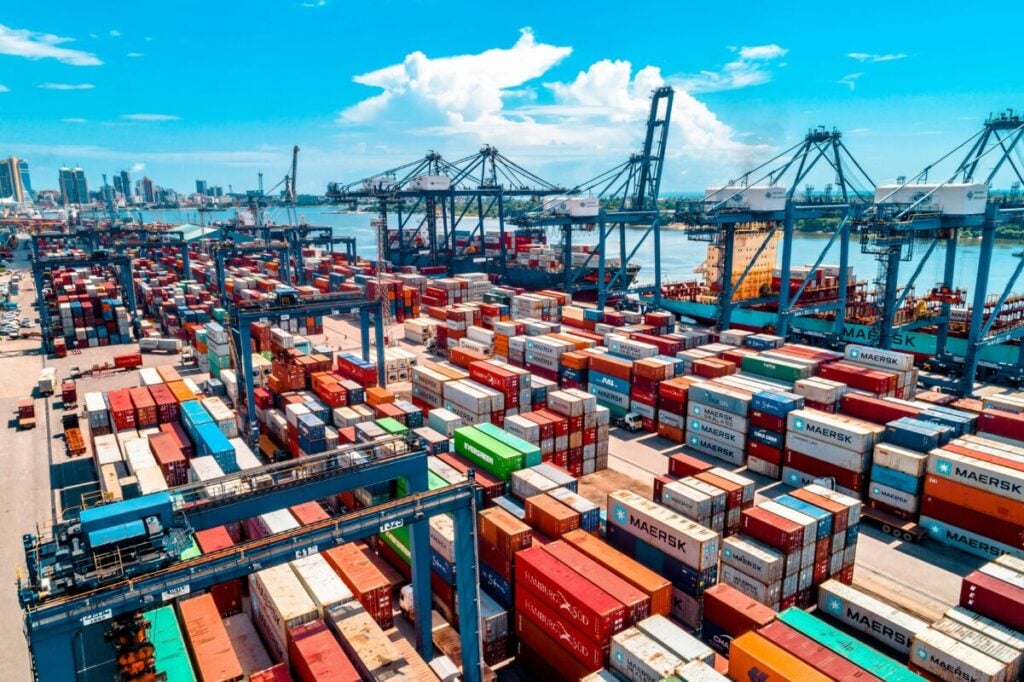
The US International Trade Commission (ITC) has voted to continue the investigation on imported solar cells from India, Indonesia and Laos.
In its decision, the ITC determined that there was “a reasonable indication that a US industry is materially injured” by the imports of crystalline silicon PV cells, whether or not assembled into modules, from India, Indonesia, and Laos, which are allegedly sold in the US at less than a fair value and subsidised by the governments of each respective country.
Try Premium for just $1
- Full premium access for the first month at only $1
- Converts to an annual rate after 30 days unless cancelled
- Cancel anytime during the trial period
Premium Benefits
- Expert industry analysis and interviews
- Digital access to PV Tech Power journal
- Exclusive event discounts
Or get the full Premium subscription right away
Or continue reading this article for free
As a result of the positive determination, the US Department of Commerce (DoC) will continue its investigation of imported solar PV cells from India, Indonesia and Laos. The investigation was first initiated last month.
This follows a suite of antidumping and countervailing duty (AD/CVD) petitions that were launched in July by a consortium of manufacturers – including First Solar, Mission Solar and Qcells – with both the ITC and the Department of Commerce (DoC).
It will not take long before a preliminary determination from the DoC is published, with the CVD determinations expected for next month, on or about 10 October 2025 and the AD determination expected around Christmas (24 December 2025).
A public report from the Commission on the imports of solar cells from India, Indonesia and Laos is expected to be published by 7 October 2025 on the US ITC’s website. The report will contain the views of the Commission and information developed during the investigations.
Retroactive duties on Southeast Asian countries
The launch of a new solar AD/CVD investigation has been a huge blow for Indian manufacturers, as the country has also been impacted by a 25% tariff since the beginning of August, with a further 25% tariff confirmed last week due to India’s continued purchase of crude oil from Russia. Several experts PV Tech Premium spoke with agree that India needs to diversify its markets to reduce its dependence on the US.
The impact of the AD/CVD investigation on the three countries still remains to be seen, but the previous one ended with heavy duties on solar imports from Thailand, Vietnam, Malaysia and Cambodia. Cambodia ended up with the highest CVD rates of up to 3,403.96% and final AD rates of up to 125.37%.
Although the duties on solar imports from Thailand, Vietnam, Malaysia and Cambodia were imposed months ago, this is unlikely to be the last development from the AD/CVD on the four Southeast Asian countries. The US Court of International Trade (CIT) ruled that the Biden administration’s moratorium between June 2022 and June 2024 on solar products imported from Southeast Asian countries was illegal. This decision could end up in solar companies potentially paying “tens of billions” of dollars in retroactive duties, as reported on PV Tech Premium last week.






